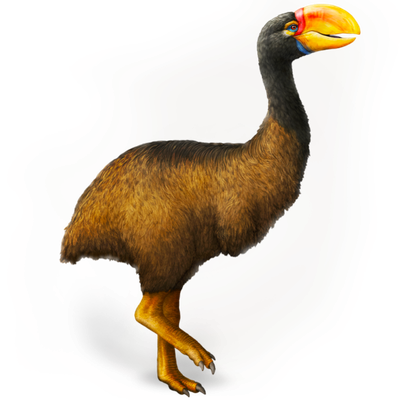Your search returned 2817 results
By Page Type
By Tag
- fish (966)
- blog (696)
- fishes of sydney harbour (401)
- First Nations (299)
- Blog (236)
- AMRI (169)
- archives (164)
- Eureka Prizes (146)
- Aboriginal and Torres Strait Islander (135)
- insect (126)
- Ichthyology (124)
- geoscience (109)
- minerals (102)
- climate change (100)
- podcast (94)
- Fish (91)
- Anthropology (89)
- International collections (80)
- Minerals Gallery (78)
- wildlife of sydney (78)
- Labridae (77)
- frog (74)
- gemstone (70)
- history (64)
- photography (64)
- Mollusca (60)
- gem (59)
- staff (59)
- Birds (56)
- Gems (56)
- Indonesia (56)
- education (56)
- shark (55)
- AMplify (54)
- people (53)
- earth sciences (50)
- past exhibitions (50)
- exhibition (49)
- Gobiidae (48)
- sustainability (46)
- Pomacentridae (45)
- Serranidae (44)
- lifelong learning (42)
- science (42)
- Earth and Environmental Science (41)
- Syngnathidae (41)
- Ancient Egypt (40)
- Bali (40)
- bird (40)
- dangerous australians (40)
-
Yellow Wattlebird
https://australian.museum/learn/animals/birds/yellow-wattlebird/The Yellow Wattlebird is Australia's largest honeyeater with the very distinctive yellow-orange wattles on the sides of the head.
-
Wood Sandpiper
https://australian.museum/learn/animals/birds/wood-sandpiper/The Wood Sandpiper is wary and nervous and will burst into flight if disturbed, zig-zagging off and calling loudly, then generall glide gracefully to ground again.
-
White-bellied Sea-Eagle
https://australian.museum/learn/animals/birds/white-bellied-sea-eagle/The White-bellied Sea-Eagle has a wingspan of 1.8m - 2m.
-
Welcome Swallow
https://australian.museum/learn/animals/birds/welcome-swallow/Welcome Swallows have short bristles at the sides of their mouths which help to guide their food (insects) into their mouths while flying at speed.
-
Spotted Pardalote
https://australian.museum/learn/animals/birds/spotted-pardalote/The Spotted Pardalote is sometimes known as the "Headache Bird" because of the continuous "sleep-may-be" call it gives during the breeding season.
-
Silver Gull
https://australian.museum/learn/animals/birds/silver-gull/The Silver Gull has become a successful scavenger, readily pestering humans for handouts of scraps, pilfering from unattended food containers or searching for human refuse at tips.
-
Royal Spoonbill
https://australian.museum/learn/animals/birds/royal-spoonbill-platalea-regia/The Royal Spoonbill can feed faster and on larger prey than the Yellow-billed Spoonbill, as it has a shorter, broader bill with more papillae (touch receptors) inside the spoon.
-
Rockwarbler
https://australian.museum/learn/animals/birds/rockwarbler/Small, dark brown-grey bird, white throat, black tail.
-
Restless Flycatcher
https://australian.museum/learn/animals/birds/restless-flycatcher/Medium-sized bird, glossy blue-black head, small crest, white underneath.
-
Regent Parrot
https://australian.museum/learn/animals/birds/regent-parrot/Large, slim, mostly yellow, long blue black tail, yellow shoulder patch, red bill.
-
Discover more
2025 Australian Geographic Nature Photographer of the Year
Special exhibition
Free entry
Now open -
Discover more
Unfinished Business
Special exhibition
Free entry
Now open -
Find out more
Surviving Australia
Permanent exhibition
Free entry
Now open![]()
-
Find out more
Burra
Permanent kids learning space
Free entry
10am - 4.30pm![]()
-
Discover more
Minerals
Permanent exhibition
Free entry
Open daily![]()





